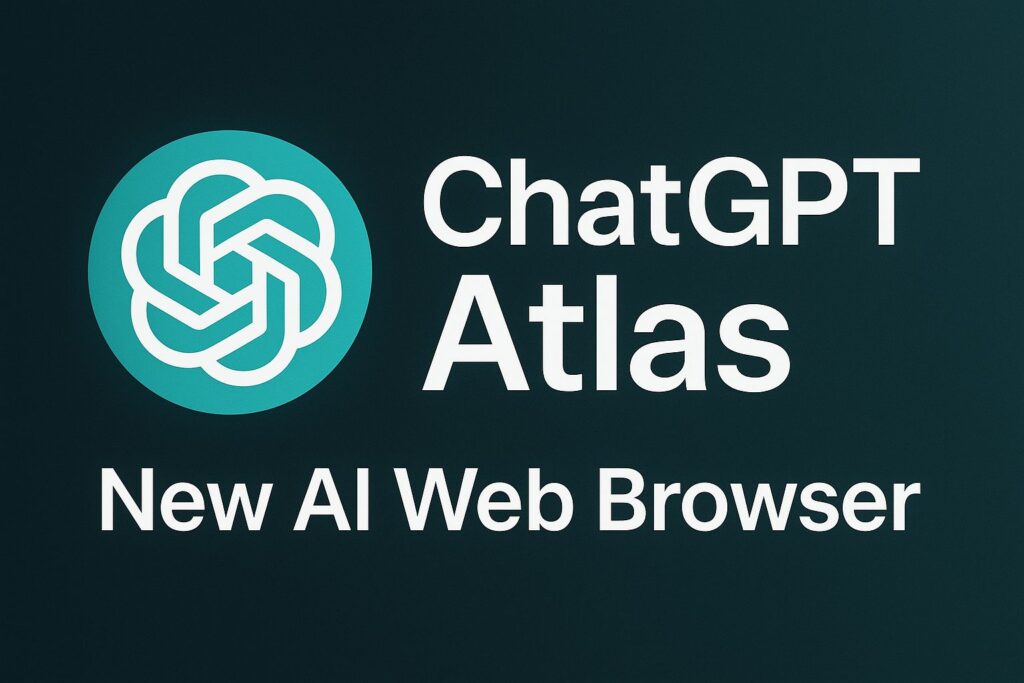Programmatic SEO is a technique that involves creating multiple landing pages at scale, each targeting different low-competition keywords. This is achieved through automated tools and templates, allowing for the rapid generation of variations of the same page while maintaining a consistent layout. The goal is to improve search engine rankings and drive organic traffic to a website.

Regular SEO focuses on high-quality content creation and optimization, which can be a time-consuming process. It often targets high-competition keywords. Programmatic SEO, on the other hand, aims to quickly achieve the same goal of ranking on Google by creating multiple landing pages with an identical layout and targeting low-competition keywords.
Advantages and Disadvantages of Programmatic SEO:
- AI Boosts the Power of Programmatic SEO
- Marketers have long relied on programmatic SEO, but it required technical expertise.
- Webflow and Letterdrop streamline the process of designing and publishing pages.
- With AI, content creation becomes more personalized and efficient.
- AI can take prompts and generate vast amounts of unique content, unlike pre-AI programmatic SEO.
Scalability: Once templates are in place, creating new landing pages becomes easier.
Targeting full categories of keywords: You can rank for multiple keywords within a category with a single effort.
Increased search visibility: Targeting low-competition keywords improves visibility on search engines.
Potential for more backlinks: Increased visibility can lead to more opportunities for building backlinks.
Higher conversion rates: Targeting audiences that are ready to buy can result in more sales.
Coding skills required: Creating programmatic SEO templates may necessitate coding skills.
Higher upfront cost: Investing in the right tools can be costly initially.
Risk of low-quality or duplicate content: Creating poor-quality or duplicate content can violate Google’s policies.
Indexing challenges: Ensuring all web pages are indexed can be challenging.
Ongoing maintenance and monitoring: Programmatic SEO requires continuous oversight.
To execute a successful programmatic SEO strategy, focus on three key pillars: low-competition keywords, search intent, and user experience (UX).
Low-Competition Keywords: Identify keywords with less competition to increase your chances of ranking.
Search Intent: Focus on keywords with transactional or commercial intent, as these are more likely to convert.
User Experience (UX): Maintain high-quality user experience by ensuring fast-loading pages and unique, valuable content.
Implementing a Programmatic SEO Strategy involves the following steps:
Conduct keyword research to identify valuable target keywords and topics.
Set up tracking to monitor website analytics, such as organic traffic, rankings, and conversions.
Optimize on-page elements for target keywords and ensure semantic and topical relevance.
Build high-quality backlinks from relevant websites.
Automate link building and outreach using programmatic SEO tools.
Scaling link-building in programmatic SEO can be a flexible process.
Here are a few strategies to consider:
- Utilize Ego-Bait: Two-sided marketplaces like eBay and Yelp use ego-bait to acquire backlinks. This involves offering businesses an embed code for a visual reward, such as a badge or star, which they can display on their website. By distributing these badges widely, you can generate more backlinks at a faster pace.
- Create Viral-Worthy Content: To achieve viral success, it’s important to be creative. Take inspiration from platforms like Buzzfeed, which started small but grew exponentially. Focus on producing content that people enjoy, share on social media, and give likes to. By attracting backlinks from other websites, your content has a higher chance of consistently going viral.
Types of Keywords For Programmatic SEO
Programmatic SEO is most effective when there is a large amount of similar content related to a specific keyword. This method is particularly useful when there are many long-tail modifiers that can be applied to the main keyword.
The article emphasizes the importance of targeting high-value keywords, optimizing content for both search engines and users, earning quality backlinks at scale, and using automation to streamline the process. It’s crucial to measure and refine your strategy continuously as SEO is an ongoing effort.
Discover more from TechResider Submit AI Tool
Subscribe to get the latest posts sent to your email.





